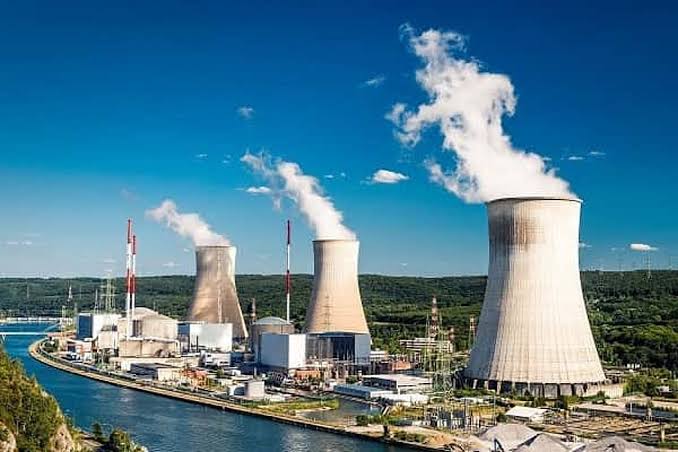India’s Atomic Energy Regulatory Board (AERB) has granted siting approval for the construction of four 700-MWe indigenous Pressurised Heavy Water Reactors (PHWRs) at the Mahi Banswara site in Rajasthan, marking a significant milestone in the nation’s nuclear energy expansion.
Key Highlights:
-
The AERB’s consent follows a rigorous three-tier safety and compliance review and is valid for five years, subject to ongoing adherence to stipulated conditions.
-
The project, named Mahi Banswara Rajasthan Atomic Power Project (MBRAPP), will be implemented by Anushakti Vidyut Nigam—a joint venture between Nuclear Power Corporation of India Limited (NPCIL, 51%) and National Thermal Power Corporation (NTPC, 49%).
-
These four units are part of India’s strategic “fleet mode” approach, aiming to construct ten 700-MWe PHWRs across the country, collectively adding 7,000 MW to the national grid by 2031.
The reactors will be sited near the village of Napla in Banswara district, utilizing both forest and non-forest land, with ongoing efforts to secure necessary environmental and forest clearances.
Extensive studies—including geotechnical, hydrogeological, and environmental impact assessments—have confirmed the site’s suitability and outlined robust mitigation measures for potential environmental impacts.
The Mahi Banswara project is expected to be commissioned by May 2030, contributing to India’s target of 100 GW nuclear power capacity by 2047.
The project’s tariff is anticipated to be competitive with contemporary thermal power stations in the northern region, supporting India’s clean energy transition and energy security goals.
Source: Economic Times

